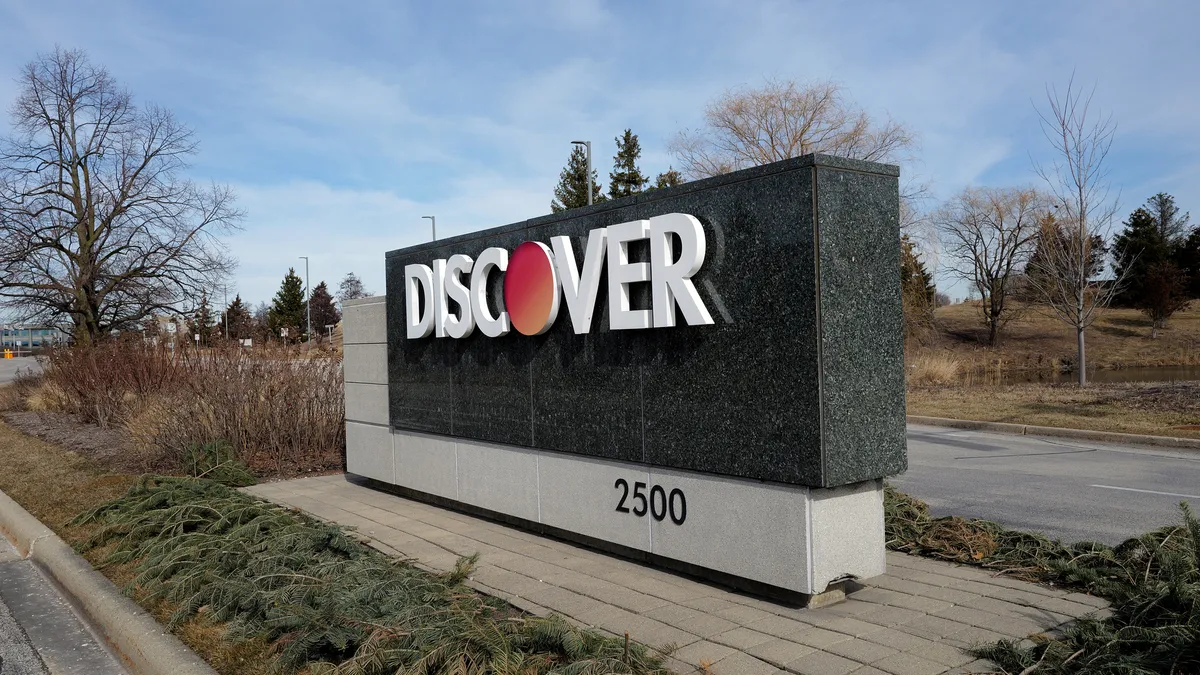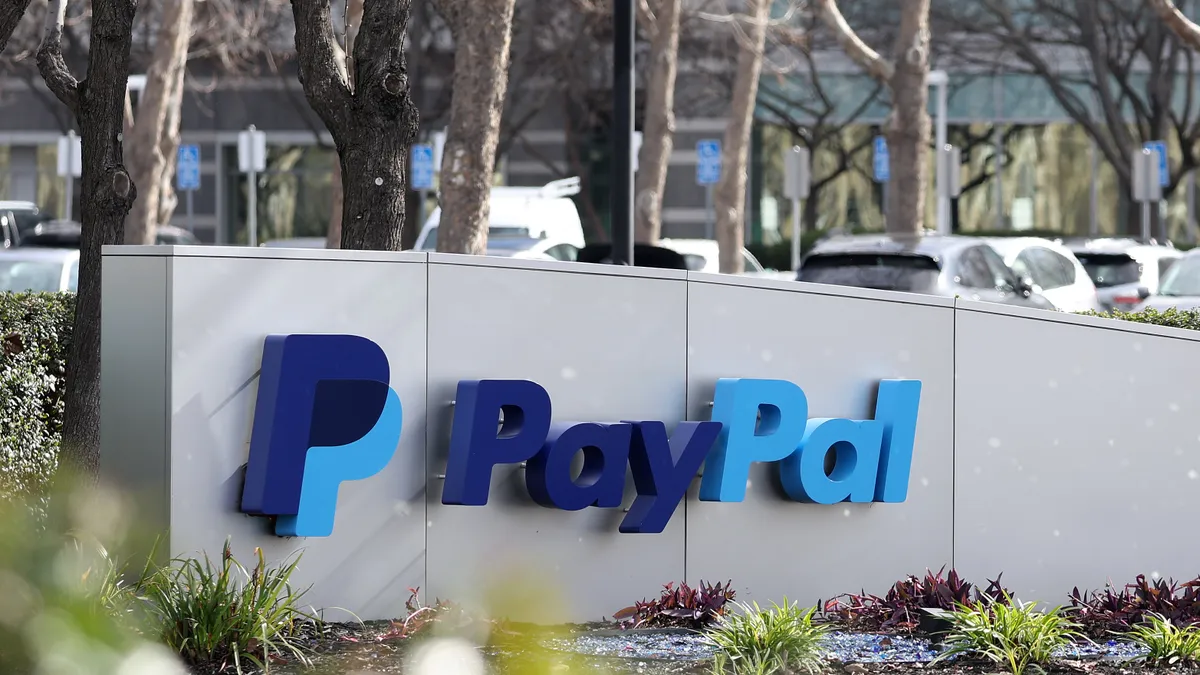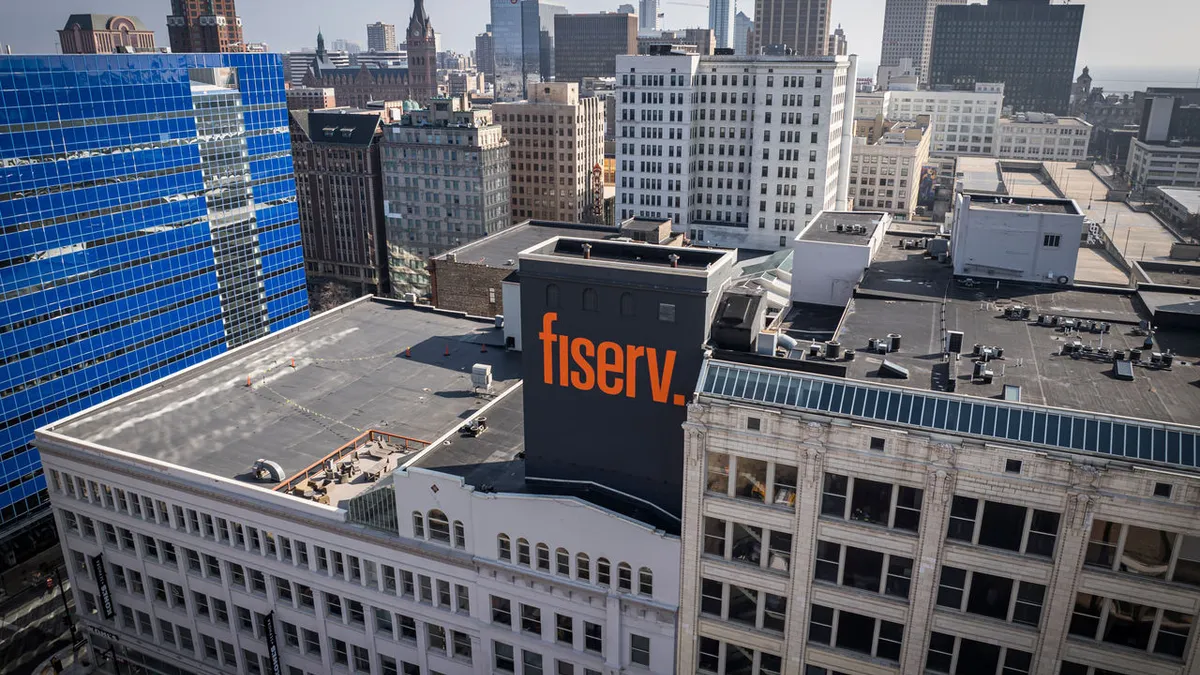Sezzle defended itself this week against a short seller's report, saying the figures included in it don’t fully represent the company’s experience in recent years.
The buy now, pay later services provider argues the report from investment firm Hindenburg Research last month leaves out key details, including a shift in the company’s strategy and a recent rise in active users.
“The Hindenburg write-up is simply misleading with statements that are out of context,” a Sezzle spokesperson said by email this week, noting that the investment firm has a short-seller’s agenda.
Hindenburg, which makes money off its positions when a company’s stock declines, contended that Sezzle’s customer and merchant counts have declined precipitously in recent years, citing regulatory filings.
Minneapolis-based Sezzle reported $51.4 million in net income in the nine months ended Sept. 30, 2024, up from the $4.2 million for the same time period a year prior, according to a filing with the Securities and Exchange Commission. Revenue climbed about 56% for the period this year to $172.9 million, up from $110.5 million.
“We believe the results speak for themselves,” the Sezzle spokesperson said.
Worrying signs are buried in the company’s quarterly reports and regulatory filings, Hindenburg’s report said.
Sezzle reported 3.4 million active consumers on Dec. 31, 2021, but as of Sept. 30, 2024, that number had dipped by about one-fifth to 2.7 million, the company said in regulatory filings. The firm’s number of merchant partners has also dropped significantly, Hindenburg said, citing regulatory filings. Sezzle reported 47,000 active merchants on Dec. 31, 2021, but only about half as many, 23,000, on Sept. 30, 2024.
The decline in active merchants reflect a change in Sezzle’s strategy, the company spokesperson said. In 2023, Sezzle shifted from integrating merchants into its platform to allowing customers to shop wherever Visa is accepted, the Sezzle spokesperson said. The BNPL player announced the collaboration with card network behemoth in June last year, and said customers could use Sezzle to pay in installments at any merchant that accepts Visa.
Sezzle’s stock trading history
Trading in Sezzle’s shares on the Nasdaq stock exchange has been volatile over the past year. The stock dropped on Dec. 18, after the Hindenburg report was released, declining to $242.17 per share, from from $315.18 the day before. The company’s stock has rebounded slightly since then, closing yesterday at about $260 per share, but opening today at about $250.
The company’s shares experienced several peaks and valleys in November, spiking from $199.82 per share to on Nov. 4 to $431.48 on Nov. 8, and peaking that month at about $464 on Nov. 25. The share price gradually fell last month to $309.01 on Dec. 13.
The stock’s trading history also includes a spike after the shares were shifted from the Australia stock exchange to the Nasdaq in August 2023. The share price more than tripled after that move to about $81. Just months before, in May 2023, the company executed a reverse stock-split, lifting the value of the shares from about 64 cents per share to about $20.
Sezzle’s spokesperson declined to comment on the swings in the value of the company’s shares. Sezzle had about 5.6 million shares outstanding as of Nov. 1, according to a recent SEC filing.
A note at the end of Hindenburg’s report acknowledges that the firm has taken a short position on Sezzle shares. The report said the findings are based on “extensive research,” but warns readers to take the information in the report “at your own risk.” A spokesperson for Hindenburg did not respond to multiple requests for comment.
Sezzle’s break with Target
The three-year period, from 2021 to 2024, covered by the Hindenburg report was a time of turmoil for the company, Sezzle spokesperson acknowledged. In 2022, for example, the company attempted a merger with BNPL competitor Zip, but the transaction fell through, she noted. The company also exited unprofitable regions like Europe and parts of Latin America, and renegotiated or exited unprofitable merchant ties, she added.
The company’s current active user count for the three-month period ending Sept. 30, 2024 was a slight increase from the 2.6 million active consumers for the same time period in 2023, the Sezzle spokesperson noted. “In the most recent quarter, our consumers shopped at 274,000 unique merchants,” she added.
Hindenburg’s report also highlighted that a 3-year partnership that Sezzle previously had with the mega-retailer Target had not been renewed.
Sezzle first announced its relationship with the Minneapolis-based Target in 2021, but Hindenburg’s research showed that Sezzle is no longer an option at checkout on Target’s website. The company spokesperson acknowledged that the partnership was not renewed, but declined to comment further.
A Target spokesperson did not respond to a request for comment.
Sezzle user complaints
A spike in subscribers to Sezzle’s paid subscription service seems to be driven by “sketchy” sign-up tactics, Hindenburg’s report also said. The BNPL player reported 529,000 active subscribers in the third quarter of 2024, compared to less than half that many, 210,000, in the same period the previous year, according to a November earnings presentation.
But Hindenburg said it found complaints on product review sites like TrustPilot and social media platforms like Reddit that suggest the company is signing up consumers without their knowledge.
A Reddit page, for example, is dedicated to consumers complaining that they were signed up for the subscription without their consent. Unwanted subscriptions are a common theme on TrustPilot reviews, although the majority of Sezzle reviews on the site are positive.
The Better Business Bureau logged nearly 1,000 complaints against Sezzle in the past three years, according to Hindenburg’s count, and many of them involve excessive or unexpected fees.
“Eligible consumers can only enroll in our subscription products through clear and transparent options available on our platform,” the Sezzle spokesperson said.
Complaints logged with the Better Business Bureau represented only a fraction of the millions of transactions made through Sezzle’s platform in the past three years, she said.
“We had over 6.2 million transactions in the 3rd quarter alone,” she said, noting the company has an A- rating with the bureau, and that the majority of reviews on platforms like Google Play are positive.
At least one other analyst also pushed back on Hindenburg's findings. An analyst from the research firm B. Riley Financial challenged Hindenburg’s report, recommending that investors buy Sezzle’s stock.
“We view the short report as showing conceptual errors concerning the fundamentals of [Sezzle] and the BNPL industry,” B. Riley Financial analyst Hal Goetsch wrote in a Dec. 19 note to investors. “We believe the report had selective disclosures taken out of context.”
The relatively small number of complaints is “a low risk factor for the stock,” Goetsch said by email. The BNPL company’s relatively high stock price is a reflection of its recent performance, he added. “In November, the company’s earnings “crushed” a forecast, he said.



















